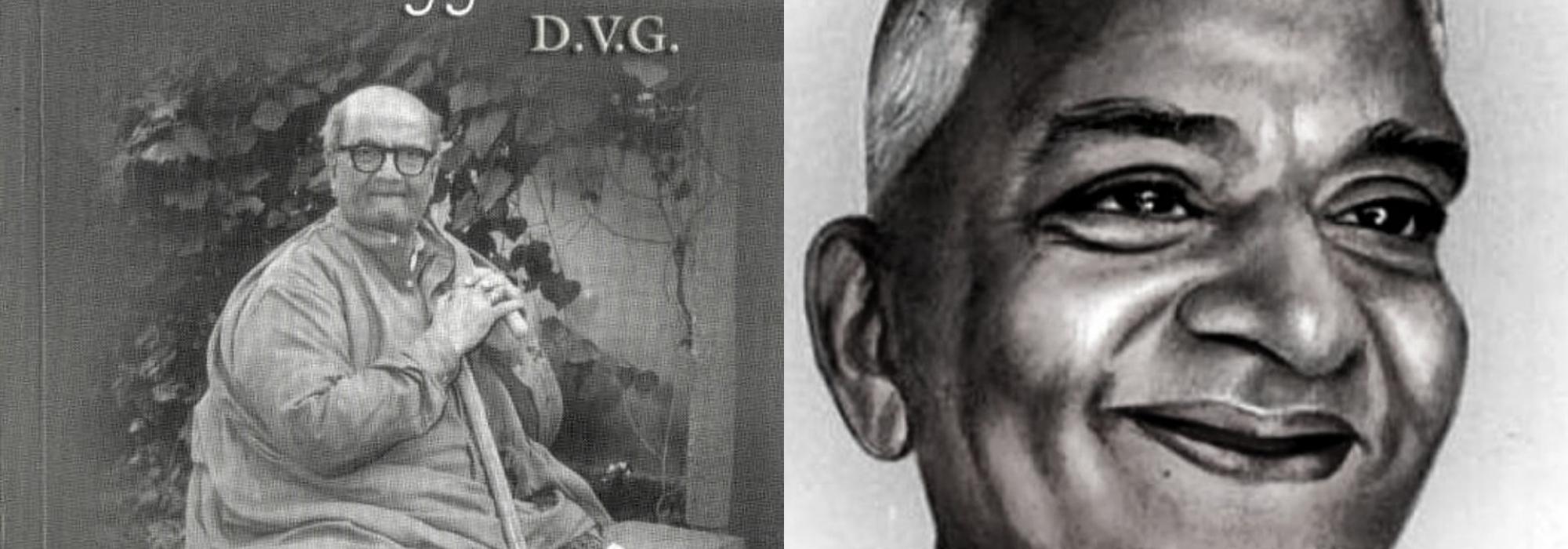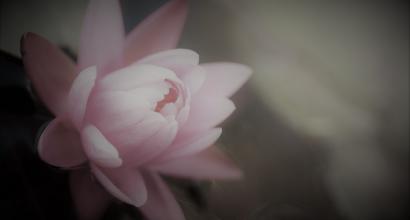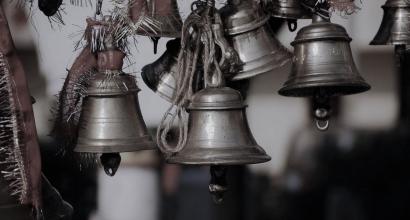There was no paucity of impromptu poetry in letter correspondence with both close friends and staff of the Gokhale Institute. Once I had put a packet of caramel toffees in the box containing the Institute’s papers that needed DVG’s signature and sent it to him as was the daily practice. The reply was a poem set to the Kanda metre:
You have such compassion on this old man! |
When my teeth got the fortune of savouring the caramel toffee ||
I became happy upon realizing your |
sweet affection O Sondekoppa [i.e. Sondekoppa Ramaswamy] ||
The sentences containing instructions regarding writing, typing and related work would flow forth in the Anushtup metre: “kāpīyatāmidaṃ deva rāmasvāmi dayānidhe” (Please copy this O Lord Ramaswamy, you the treasure-house of compassion) and so on.
In Routine Matters
DVG was able to spot ample opportunities for poetry even in routine matters.
When DVG was the vice president of the Kannada Sahitya Parishad, an assistant named Lakka put forward a request for a hike of five or ten rupees in his salary. In those days, even this slight increase in costs meant a significant burden for the Parishad. The giants in the Working Committee deliberated on the matter and came to the decision that it was impossible to give this hike to Lakka.
DVG wrote this in the notebook:
lakka dhanamiralu keḍuguṃ||
It is ruinous to have lakhs in wealth ||
Note: There is a pun in the Kannada word, “Lakka,” which also means “Lakh.”
***
In the advisory team of the Gokhale Institute, Sri D.R. Venkataramanan had a postgraduate degree in Economics. Sri B.S. Subba Rao was a mathematician of the highest order.
Introducing these two gentlemen to Sir C.P. Ramaswamy Iyer who had come to the Gokhale Institute for a lecture, DVG said: “Chill penury repressed their noble rage, Sir!”
(This is a line from the poet Thomas Gray’s famous, Elegy Written in a Country Churchyard)
***
If for some reason (our) meeting didn’t take place on a day, DVG’s response would invariably emerge in the form of a poem. Such notes, satire, and mockery that emanated from him is innumerable.
Once, owing to some reason, I was unable to meet him. The note from him that reached me the next morning comprised about thirty lines set to perfect metre. For example:
The bath of one’s life is the company of another life dear to it
The honey of sacred love is the ambrosia we drink
The day you are pleased to meet is the newness in my life
If you ignore me, the world is a dull stone.
Thus it went, in this vein.
***
It was the opinion and experience of numerous people that it was difficult to work with DVG. This was the popular opinion about him: ‘A very hard taskmaster.’ The certificate that I frequently received from Masti, V.C. and M.V. Sitaramayya was this: “How are you managing with him for so many years!”
However, I never felt this to be a problem at all. (Perhaps, because even I am a nag and finicky regarding work, our relationship became easy.)
However, in V.C’s words, “Why has God made this man so formidable and adept? Perhaps only to torment us. This is what I sometimes feel.” This sentiment was prevalent from time to time among all friends and those who assisted him.
***
Dictation
Taking down dictation from DVG, instead of being a chore, was a joyous experience. Once he began to dictate and ask me to write it down, he would go on for two or three hours, his flow of words unstoppable. The exchequer of his vocabulary relevant to the specific context and subject was an inseparable part of his nature. His extraordinary memory was the greater part. He had the felicity to narrate an incident that occurred more than sixty years ago with specific details as if it had occurred just yesterday. I haven’t come across anybody else who had this sort of memory. If a mention of some book that he had read forty years ago came up, the screen of his mind would summon the topics in that book and the order in which they appeared in it.
Once we needed some line from the Bible. He indicated to me the approximate portion in which that line appeared and asked me to open the book. As I read out random lines here and there, he asked me to look further. Even as he said this, he began to narrate the text and context of these random lines—as if he had kept the book in front of him.
This same degree of suzerainty would flow forth even in the case of the Ramayana, Mahabharata, and the Upanishads.
Then, his method of contemplation and thought was highly systematic. The moment he began to speak, it would entail an experience as if the seed, root, sprout, stem, branch, leaves, flowers…all of these were taking shape in their natural fashion.
Thanks to my long years of association with him, it is nothing special that I have fully imbibed his method of thinking and writing style.
One evening at around six in the evening, as usual, he began to dictate something and asked me to take it down. Accordingly, I went on writing. Presently, G.P. Rajarathnam arrived. DVG said, “Come, come,” and continued dictating so that it could be paused at an appropriate stage. Rajarathnam sat to my left.
After about ten minutes, we stopped the writing work for the day. Then, Rajarathnam said to DVG:
“This is weird. This fellow is already writing the next sentence before you completed the first one.”
DVG laughed and said, “This is how he is…this (hurling an unprintable expletive)!”
DVG would frequently poke fun at me: “After working with me for so many years, you must have become really intelligent, right?”
DVG would always be in a state of elation throughout the time he was giving dictation. And then, in the midst of this work, there was absolutely no paucity for random deviations. Both printable and unprintable sentences would gush forth from his mouth like a torrent.
This sort of experience provided delight to the work of writing instead of making it a burden.
On several occasions, I had to search for and add for a couple of supplementary details to an incident that he narrated. Thrilling experiences occurred even in this regard.
To be continued











































